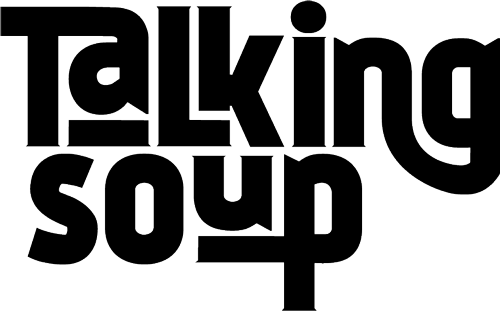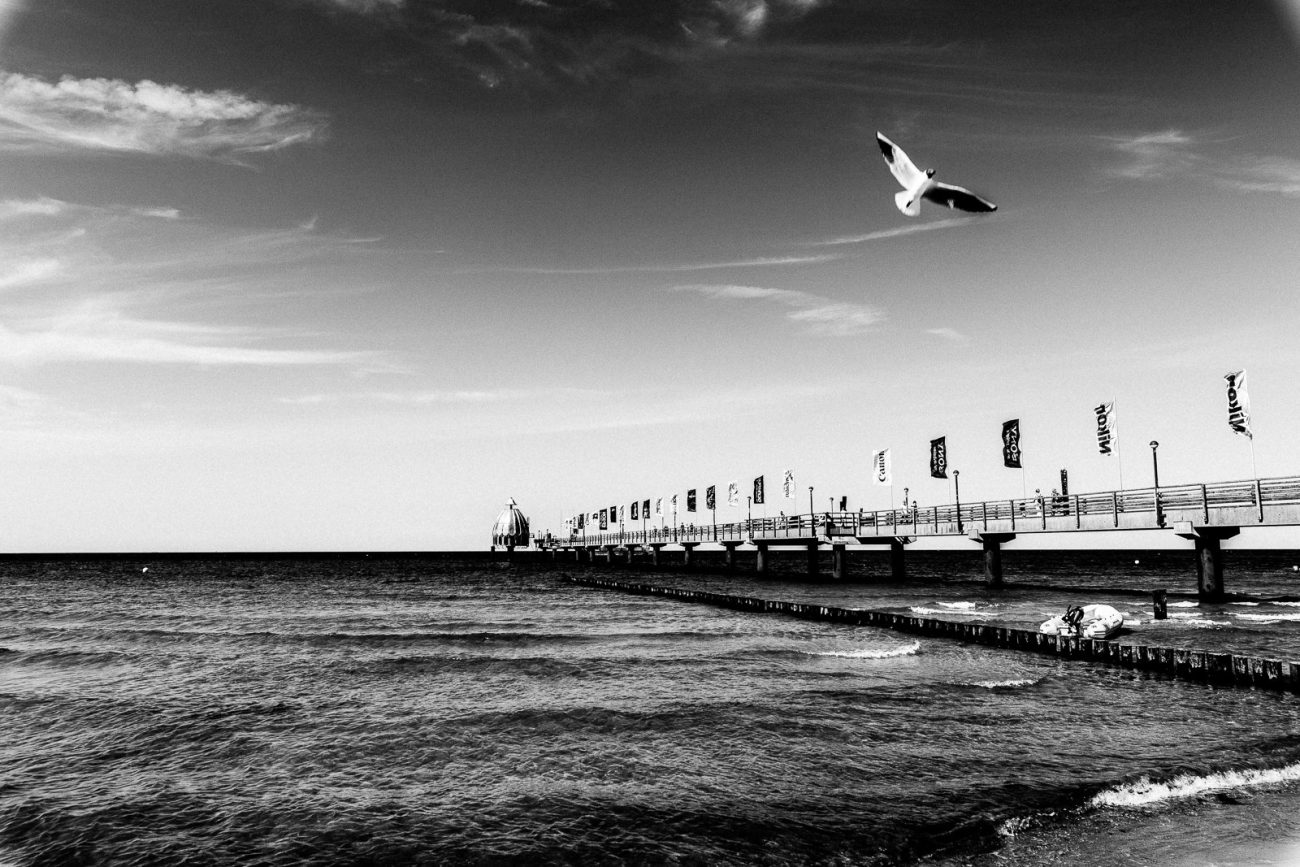Freelance journalist, Alessandra Bergamin, takes a look at the “Discover the Americas” expo in Melbourne to check out the concept of selling the new world.
Inside a cavernous hall at the Melbourne Convention and Exhibition Centre, a steel and glass conference building in Australia’s south-eastern state of Victoria, two women in their early twenties sit in the front row of a small partitioned room, debating the location of the Grand Canyon.
I don’t think it’s in Utah,” says one, shaking her head at a photograph. “There’s just a bunch of other rocks there.”
For a few minutes now, they have been flipping through a glossy brochure, ranking its content. So far, California tops the list, Alaska is too far away and that photo of the Everglades just can’t be right. Then there’s a squeal. On the following page (also Florida), is an advertisement for the Wizarding World of Harry Potter, an iconic British entity that has landed next door to America’s most beloved mouse.
The chatting comes to a quiet when a woman in a red polo shirt takes her place behind a podium. She introduces herself as Claire: a native Irish, living in Australia, here to talk about the Americas. But first, a presentation. An upbeat piano song begins to play as a car glides across the screen, manoeuvring its way along a curved highway — sea views to one side, high cliffs to the other. This non-descript scene is, of course, a specific place. But here, it represents something else.
“This is your road to freedom,” says Claire.

We are here to listen to a presentation about driving. For the 30 or so people in the room, with a median age of, let’s say 35, it’s hard to imagine that this is exactly motivational material. No one, it appears, is learning to drive or training for NASCAR. But in this context, with the video and the music and Claire’s exultations on freedom, hiring, driving, and even dreaming of the passenger seat of an S.U.V. is marketed and embraced as an optimistic endeavour because it will take place somewhere else.
Claire is one of the many agents, salespeople and vendors representing dozens of tour companies, airlines, travel agencies, car hire outfitters, rail travel lines and luggage shops at the “Discover the Americas” travel exposition. Organised by a consortium of the country’s largest travel providers, the ‘discover’ series tours Australia on a circuit of four events: the Americas, Europe, Ocean and River Cruises and a more ambiguous ‘Travel’ title.
While each expo attracts a decent crowd, somewhere in the hundreds on the day I attended, it is a molecule of the $7 trillion global travel industry. This industry, according to Elizabeth Becker author of Overbooked: The Exploding Business of Travel and Tourism, also employs 10 percent of the world’s population, some of them in this very room.
I wanted to attend the expo on a thought that it might be some extension of the classic World’s Fair, a way of bringing the world to ourselves before we go out into the world. Based on the French tradition of hosting national exhibitions, the World’s Fair was born during the industrial age with the first of its kind taking place in London in 1851.
At its best, the Fair built the Eiffel Tower (Paris, 1893), introduced the world to the Ferris Wheel (Chicago, 1893), launched broadcast television (New York, 1939) and showcased moon rocks (Osaka, 1970). Even in Melbourne, the now World Heritage listed Royal Exhibition Building was constructed for the 1880 Fair. But it also commodified culture, and at its worst invented the ‘human zoo’ where native peoples, among others, were showcased as something to be traded and displayed.
For the most part, the human zoo practice ended in the 1920s but the World’s Fair has surprisingly persisted. When the Bureau International des Expositions (BIE), the governing body that oversees each Fair, was formed in 1928, 31 countries were involved. Today, 168 countries are member states with expositions held every five years. The most recent exposition was in Milan this year, with the next slated for Dubai.

Marketing has, of course, always been on the World’s Fair agenda, you don’t spend more than a billion U.S. dollars (Shanghai, 2010) thinking no one will come. But since Expo ‘88 in Brisbane and the popularization of travel, the focus has shifted from invention and cultural exchange to national branding. So in some way, the World’s Fair is both an extension and a casualty of tourism: its former pageantry and prestige eclipsed by celebrity endorsed cruises, cute national catchphrases (‘You’d better Belize it!’) and a new breed of exposition, just like this one.
Inside the expo hall, travel agencies line its perimeter, with staff ready to put anyone on a flight to San Francisco or Santiago. The bulk of the room is then divided amongst airlines, tour companies and travel agents with their level of sophistication dependent on their level of stock.
One company, specializing in everywhere, offers free Argentinian wine in the red plastic cups that abound at U.S. colleges. Large posters tout tours to South America, depicting stoic Incans dripping in gold and unconventional piercings. Cowgirls in red hats and boots sit by photographs of the Dallas Cowboys cheerleaders. A man in a Native American war bonnet strides through the room to little fanfare; rows of feathers rest on his shoulders. A few airline stands, have even recreated the interior of an airplane, a risky undertaking when the actual experience of flying is not always a highlight.
By now, the free canvas bags we were handed at the door, printed with Live Love Travel, are considerably heavier. Most of them, like my own, are filled with the kind of fodder that will find its way into the trash: glossy brochures with trains and snow-capped mountain peaks, flyers announcing one-day prices on round-trip flights, and novella length booklets listing the inclusions and exclusions of organised travel across the continental United States.
A loudspeaker cuts across the dull roar of hundreds of people shuffling papers and discussing deals. A man, somewhere, narrates the day’s events. This time, it’s the perks of a United States train tour.
“See the Amish people!” he says.
The atmosphere of the expo is largely like this, oscillating between that of a trade show, an auction room, and a backwater county fair trading in the kinds of stereotypes that sustain the travel industry. And with them, tossed somewhere on the floor or squashed in the bin between the flyers and the posters and the brochures, is my unattainable World’s Fair dream.
The expo, it seems, is not the place to go to feel as though you have gone somewhere else before you have gone anywhere at all. Rather, it is the place where the romanticism of travel goes to die, betrayed by its own need for planning and logistics, and cheapened by its democratization — for which most of us, now able to travel on tight budgets, can only be thankful.
Yet, driven by consumerism, it is still something like the World’s Fair. It is where money and travel, culture and marketing collide for the first time, anticipating the series of interactions and transactions that will begin at the airport and come full circle. If travel is a noble undertaking, then this begs its criticism. But if travel is first a business, especially for those reliant on its income, then a $7 trillion industry cannot be self-effacing. And whether we call ourselves backpackers, travelers, tourists or self-proclaimed citizens of the world; we are all buying into it.

It is early afternoon and the expo is still abuzz. Outside the hall, beneath a large banner displaying photos of the Las Vegas skyline, a male moose and the colorful textiles of South America, a steady trickle of people continue to enter. Earlier this morning, a quiffed, sequined and Australian
Elvis impersonator stood by the door.
“Elvis is entering the building!” one woman had quipped.
As I exit that same door, Uncle Sam lingers nearby. Dressed in stars and stripes with a tall hat perched atop a set of blonde pony tails, this Uncle Sam, now a woman, has gone from a call to arms, to a call to take a holiday. Affecting an American accent, she peddles the idea of pretzels and coffee, selling the Americas across the Pacific.
From outside, I can still hear the rumblings within. It is a mix of expectation, eagerness and fear, encouraged by cheap flights to Hawaii, sunrises at Machu Picchu, and grizzly bears roaming the Canadian rockies. It is the insatiable appetite of travel. It is the place where the world is always the fair.
Cover image “Detail-Flag by Jasper Johns” courtesy of Andrew Moore via Flickr
Alessandra Bergamin is a freelance writer based in Australia. Her writing has been published in Bay Nature, the San Francisco Public Press, Flint Mag and Writer's Bloc. You can follow her below.








